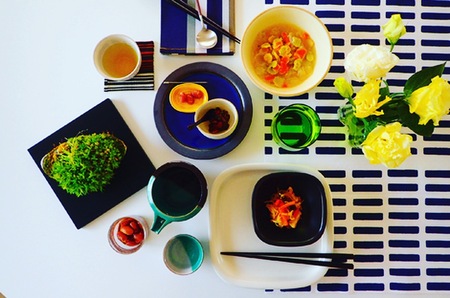見立てで心を動かすが
心の働きや動きが起こる、これもアクティビティーとし、不完全性が発生の源とした。
日本庭園では「見立て」を手法としている。背後の山や自然などを想起させるように、植栽の形や石の置く位置や形、砂紋の向きなどを決めて、その植栽や石や砂を山や水面に例える、このことを「見立て」という。
「見立て」はそれ自体では完全ではなくて、見る人の想起、連想があって、はじめて成り立つ。だから、日本庭園そのものには、常に不完全性があり、その不完全性をつくり出す手法が「見立て」である。よって、日本庭園の美は未完の美、とも言える。
この「見立て」を手法とした場合の、見る人の想起、連想が心の働きや動きであり、アクティビティーである。
だから、心の働きや動きを発生させるために「見立て」による不完全性を使えば良いだろうとは、すぐに思いつくのはつくのだが。
"I move my heart in my mind"
The work and movement of the mind takes place, which is also an activity, and imperfection is the source of the occurrence.
In the Japanese garden, it uses "look-up" as a method. In order to recall the mountains and nature behind it, decide the shape and position of the planting, the position and shape of the stone, the direction of the sand pattern, etc. and compare this planting and stone or sand to the mountain or water surface. It is called "Mutee".
"Make up" is not perfect by itself, but it only takes place with the viewer's recall and association. Therefore, the Japanese garden itself is always imperfect, and the method of creating that imperfection is "Make it back". Therefore, the beauty of the Japanese garden can be said to be unfinished beauty.
When this "appearance" is used as a method, the memories and associations of the viewer are the functions and movements of the mind, and the activities.
So it's easy to come to mind that it would be better to use the imperfection of "look-up" to generate the work and movement of the mind.

